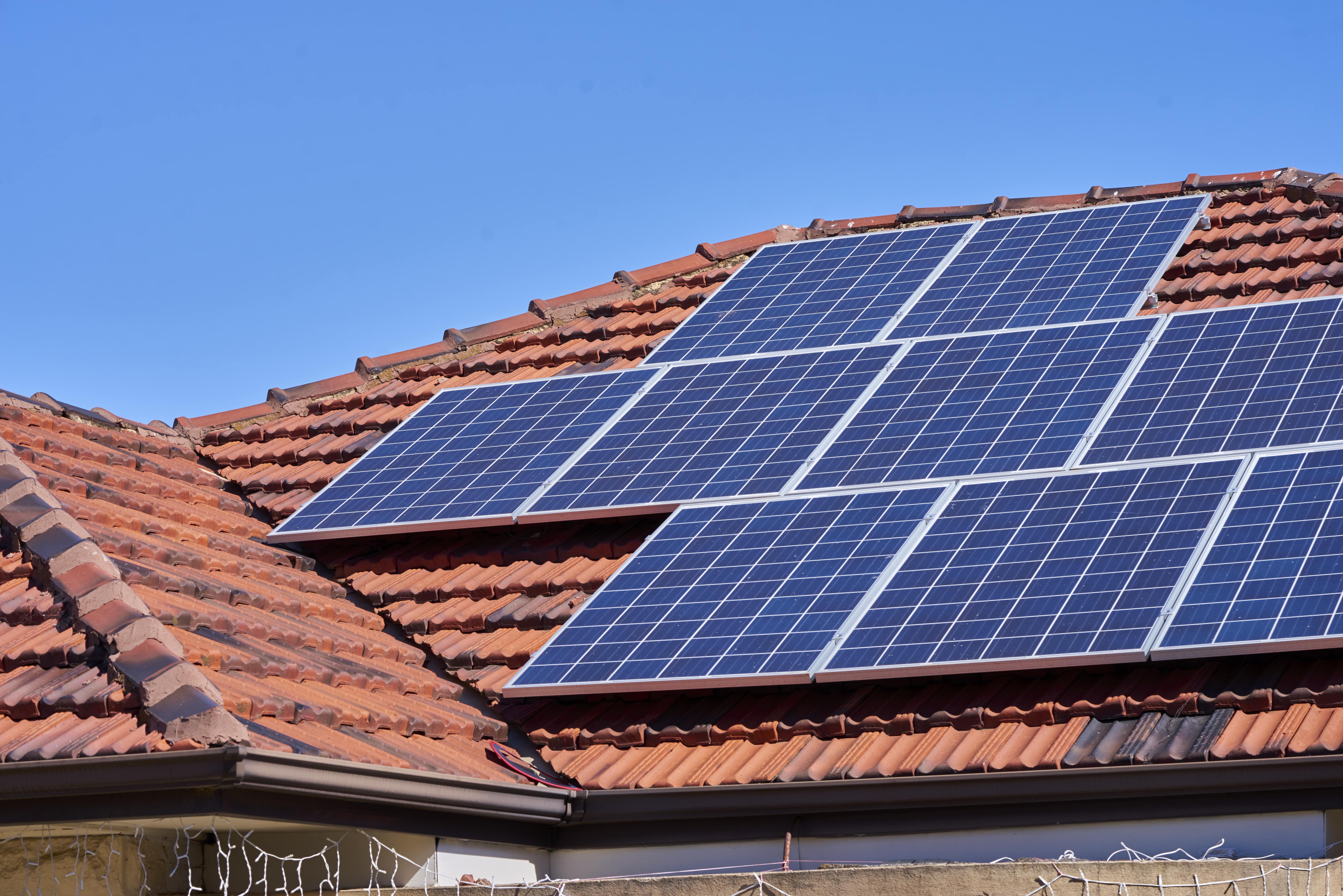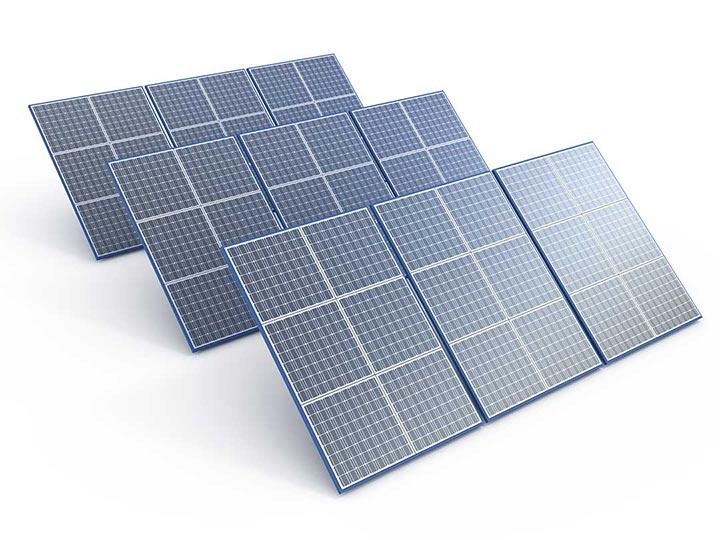PV Solar Panel Market Competitive Intelligence: Understanding Key Players and Market Share

The PV solar panel market has witnessed substantial growth in recent years, driven by the global push for clean, renewable energy. With advancements in technology, a rising awareness of climate change, and strong government incentives, the market is poised to expand even further. To better understand the dynamics of this industry, it is crucial to examine the competitive landscape, focusing on the key players, market share, and their strategies that drive the sector.
Key Players in the PV Solar Panel Market
The PV solar panel market is highly competitive, with numerous players ranging from established multinational corporations to emerging regional companies. Some of the most prominent players in the industry include:
First Solar: A major player in the global solar industry, First Solar is known for its advanced thin-film photovoltaic technology. The company focuses on utility-scale solar projects and has been a leader in providing cost-effective solar solutions.
JA Solar: Headquartered in China, JA Solar is one of the largest manufacturers of crystalline silicon solar panels. The company has a robust global presence and is known for its high-efficiency panels that cater to both residential and commercial markets.
LONGi Green Energy: Another Chinese giant, LONGi Green Energy has grown rapidly in recent years. Specializing in monocrystalline silicon, LONGi has established itself as a leader in the PV solar market, offering products known for their high performance and reliability.
Trina Solar: Trina Solar, also based in China, is a global leader in solar technology and offers a wide range of products, from residential to utility-scale solar solutions. The company is committed to enhancing the efficiency of its solar panels through ongoing R&D.
Canadian Solar: Based in Canada, this company is one of the largest solar manufacturers globally. Canadian Solar produces both residential and utility-scale solar products, emphasizing sustainability and long-term performance.
Market Share and Competitive Dynamics
The competitive landscape of the PV solar panel market is marked by significant rivalry, especially among the top-tier players. As of recent reports, Chinese companies dominate the market, controlling a substantial portion of the global market share. Companies like LONGi, JA Solar, and Trina Solar represent a significant percentage of global PV panel production, leveraging their scale, manufacturing capabilities, and cost advantages.
The market share is also influenced by factors such as technological innovation, pricing strategies, and regional demand. For instance, in countries like the United States and India, solar manufacturers from China have made considerable inroads, capitalizing on government incentives for renewable energy adoption. In contrast, European companies like First Solar and REC Group maintain a competitive edge in technologically advanced and high-quality products.
Technological Innovations Driving Competition
Innovation remains a critical factor for companies striving to maintain or expand their market share. Advances in solar cell technology, such as bifacial solar panels, which capture sunlight on both sides, and PERC (Passivated Emitter Rear Contact) cells, have significantly improved efficiency rates. These innovations not only enhance performance but also provide manufacturers with a means to differentiate themselves in a crowded market.
Moreover, companies are focusing on cost reduction, developing efficient production methods, and expanding their supply chains. The decline in prices of PV solar panels over the past decade has made solar energy more accessible, accelerating adoption across various market segments.
The Role of Government Policies
Government policies and subsidies have played a pivotal role in shaping the competitive dynamics of the solar industry. Governments around the world have introduced tax incentives, feed-in tariffs, and renewable energy targets to promote solar power adoption. In markets like Europe, the U.S., and India, these policies have given local and international players an opportunity to expand their reach and grow market share.
In particular, emerging markets in Southeast Asia, Africa, and Latin America have witnessed significant growth in solar energy adoption, presenting new opportunities for key players. Companies that can adapt to local regulatory environments and offer competitive pricing will have an advantage in these regions.
Conclusion
The PV solar panel market is expected to continue its upward trajectory as demand for renewable energy grows. While large Chinese players dominate, companies worldwide are vying for a piece of the market share through technological innovations, pricing strategies, and expansion into new geographic regions. Understanding the competitive landscape and staying ahead in technological advancements will be key for players seeking to maintain leadership in this fast-evolving sector.
- Art
- Causes
- Crafts
- Dance
- Drinks
- Film
- Fitness
- Food
- Games
- Gardening
- Health
- Home
- Literature
- Music
- Networking
- Other
- Party
- Religion
- Shopping
- Sports
- Theater
- Wellness



